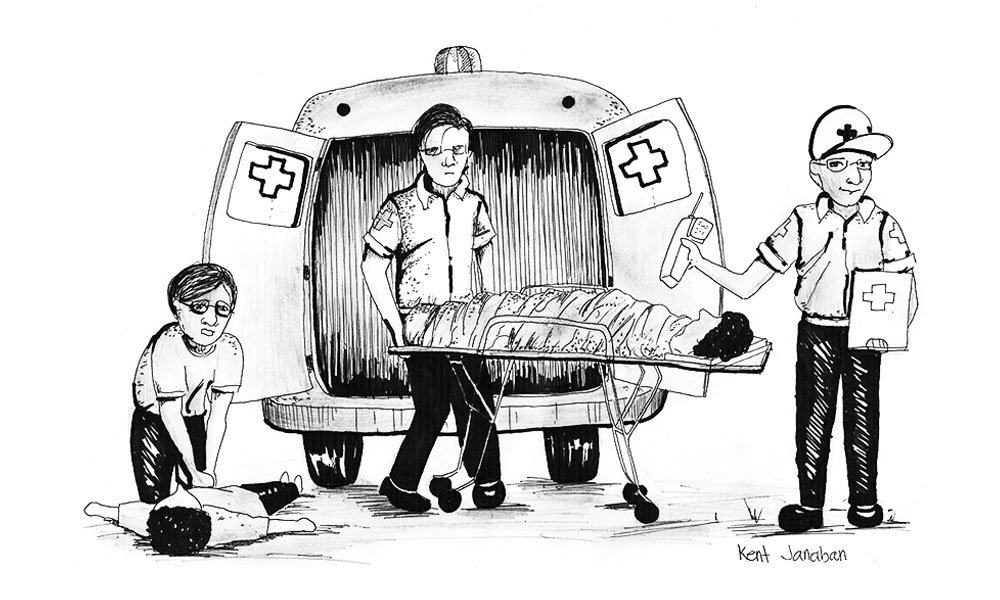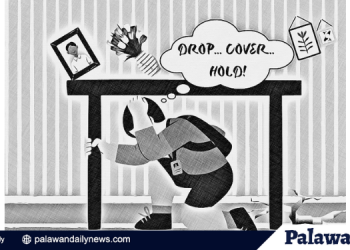“911, what is your emergency?”
This is the exact same words we would exactly hear when we dial 911. Whatever emergency we are facing, we can easily dial 911 and ask for assistance. Thankfully, here in the Philippines this has been in place right after President Rodrigo Duterte’s pronouncement to ensure speedy response for medical and other emergencies.
While 911 hastens the call for help and response time during an emergency, the need for community empowerment in terms of managing injuries and other medical emergencies is badly needed.
Every December 6, our country celebrates the National Health Emergency Preparedness pursuant to President Proclamation No. 705 series of 1995. The said proclamation underscores the importance of managing injuries and other health emergencies so as to avoid death. Community members and responders have to be trained and educated on health emergency preparedness, cardiopulmonary resuscitation (CPR), basic first aid and among others.
According to the Proclamation, injuries, trauma and other health emergency constitute one of the ten leading causes of death in the Philippines, accounting for one death every 22 minutes and mishandling of victims, misinformation and delayed consultant can be more damaging than the injury itself.
Signed by then President Fidel V. Ramos in 1995, he called on all sectors and organizations to join hands across stakeholders to promote health emergency preparedness awareness, providing skill straining to all citizens, participate in the nationwide campaign to prevent accidents and injuries; and instill among the citizens to respect for laws and ordinances that promote public safety and prevent injuries, trauma and accidents.
Twenty-three years passed since the proclamation, where are we now in terms of managing medical emergencies in the field? Did our local government units forget to address the need? It seemed like only a few of the community members know how to do CPR or even perform basic first aid. But how do we really equip them? Are there any active government agencies and private sectors who are doing the training and educational awareness to our locals?
We have to ensure that the critical minutes, the first four minutes in managing cardiac arrests are being prioritized, alongside with other health and medical emergencies.
While we already have a functional and efficient 911 system, we still have to make sure that the people in the community, the first responders, are well educated and trained to initially manage onsite while advanced life support team members are on the way.
It is only through correct skills training and educational awareness sessions, cooperation and partnership with stakeholders that we can surely address the need to lessen trauma and medical related deaths in the field.



















Discussion about this post